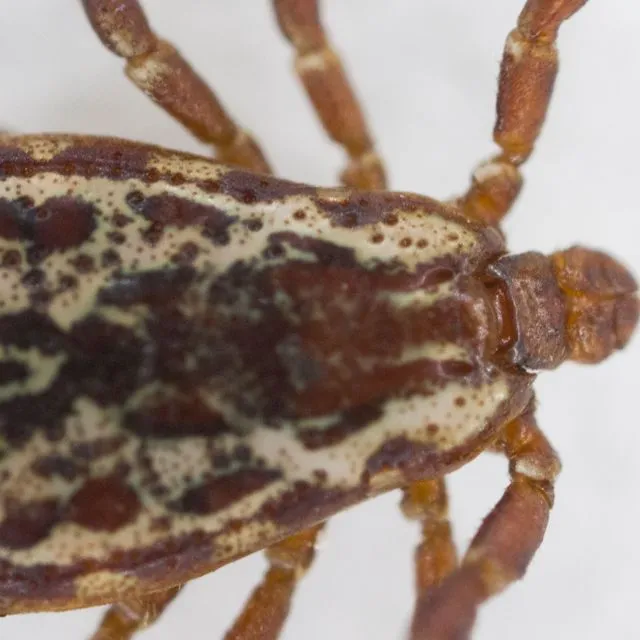Vectores y enfermedades transmitidas por vectores
Idiomas disponibles:
Español
Temas más específicos
Fiebre Chikungunya
El chikungunya (CHIKV) es un virus que puede ser transmitido a los humanos por los mosquitos. La enfermedad resultante también se llama chikungunya. Se ha informado sobre brotes de chikungunya en India, África y el sudeste asiático. Los viajes y la globalización aumentan la posibilidad de brotes epidémicos en otras regiones del mundo dondequiera que se encuentren los mosquitos capaces de transmitir el CHIKV. La especie de mosquito Ae. aegypti y Ae. albopictus son buenos vectores y están bien establecidos en Florida. En el caso de un brote, las agencias de control de mosquitos y de salud pública en Florida necesitan conocer las poblaciones, dónde se producen y los puntos críticos con grandes poblaciones que podrían ser fácilmente objetivo de control. Buenas fuentes de información sobre la enfermedad en humanos son FloridaHealth, CDC, y Medline Plus.
UF/IFAS Resources
Tospovirus
El género de virus Tospovirus (familia Bunyaviridae) causa enfermedades de impacto económico significativo en muchos cultivos en todo el mundo. Los tospovirus tienen la capacidad de intercambiar segmentos completos de su genoma con otros miembros del género, creando nuevos virus aislados con diferentes vectores y rangos de huéspedes modificados, los cuales pueden dar lugar a nuevas enfermedades. En la actualidad, hay ocho especies reconocidas que pertenecen a este género, de las cuales cinco se han informado previamente en los Estados Unidos (es decir, TCSV, TSWV, GRSV, INSV y el virus de la mancha amarilla del iris [IYSV]). De estos, todos excepto IYSV han sido reportados previamente en el estado de Florida. Se puede encontrar más información sobre los tospovirus en Tospovirus (Familia Bunyaviridae, Género Tospovirus) (http://edis.ifas.ufl.edu/pp134). -- de PP306, Tomato Chlorotic Spot Virus




